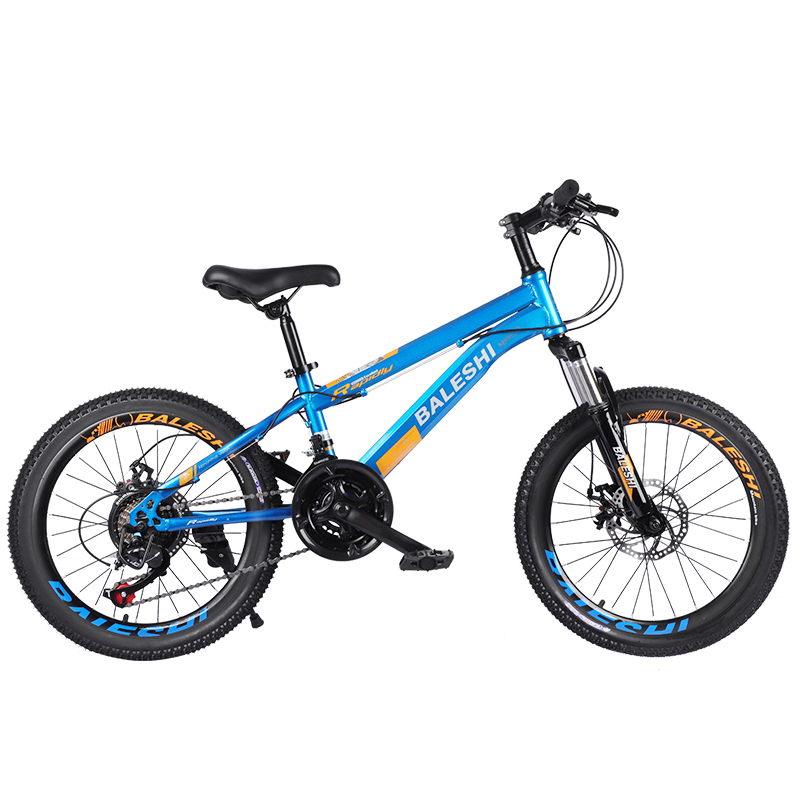One of the downsides of high-intensity cycling on an empty stomach is that the body relies on fat heterosomes for energy when it’s empty. At this time, the free fatty acids in the blood will be significantly higher. Fatty acids are a source of energy for muscle activities such as heart muscle, but in excessive amounts they can become toxic to heart muscle, causing arrhythmias and even sudden death.
Some car friends deliberately choose empty cycling exercise, thinking that this can lose weight, the result of dizziness, physical strength. When you exercise on an empty stomach, your blood sugar drops, which can cause headaches, limb weakness and even fainting. At the same time, it can also produce hunger, abdominal pain, inhibit the secretion of digestive juices, reduce the digestive function, so it is not advisable to exercise on an empty stomach.
The term for cycling on an empty stomach is “fasting training,” which basically means eating very little carbohydrate-free food before starting training.
In order to prevent the occurrence of hypoglycemia, before exercise can drink the right amount of concentrated sugar water or eat some easy to digest sugary food. But whether to eat something before fasting movement, depends on the individual feeling, because everyone’s eating habits, sports and sports time are not the same, these differences only oneself to experience, to feel, to grasp, it is important to find out the method that suits him. During cycling training, your body uses two types of stored energy: glycogen, which comes from the carbohydrates you consume and is the body’s preferred source of energy; Fat – this is a fairly constant source of energy in the body. As you get used to this training pattern, your body will become more efficient at extracting energy from fat, while maintaining the same pace or frequency.
Before cycling on an empty stomach (such as morning exercise), 1/3 to 1/2 of the normal amount of food should be eaten. In addition, we should also pay attention to avoid exercise after full stomach, exercise should be arranged in 1.5 to 2 hours after meals; Eat 30 to 45 minutes after exercise. During exercise, blood flows from the digestive system to the motor organs in large quantities,
If full after exercise, is bound to make alimentary canal food digestion and absorption slow. For a long time, can cause gastritis, dyspepsia and other diseases. Moreover, full stomach exercise is easy to cause abdominal pain during exercise, so that exercise can not be sustained. Therefore, neither fasting exercise, more can not be full of exercise.
During the cycling process, when the liver sugar is exhausted and the carbohydrate in the body is not enough to continue to provide liver sugar, the body will be forced to “burn” fat for energy, which can ensure efficient use of energy. Over time, as the body ADAPTS, it will help to increase the amount of sugar stored in the liver.
Dr Asker Jeukendrup, a sports dietitian/exercise physiologist from Loughborough University in the UK, recommends fasting cycling training before breakfast. Generally 60 minutes is appropriate, the longest should not exceed 90 minutes, pay attention to control the rhythm when riding, to speak without panting as the standard.
Eat within 30 to 60 minutes of the end of the ride, and eat a 4:1 ratio of carbohydrates to protein (such as peanut butter bread) to make up for the carbs. Hydration within 60 to 90 minutes can speed recovery.
Fasting training requires more recovery time than regular training, and overtraining can cause injury. Dr. Asker Jeukendrup suggests that if you do a lot of long-distance cycling, one or two fasting sessions a week should be about the same. If you’re training for an event or a high-intensity workout, skip fasting workouts — even the best riders need to consume enough carbs to support high-intensity workouts and cycling.
Post time: Oct-01-2021

